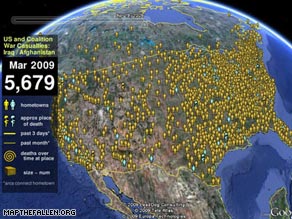On most contracts out there, you will have access to some kind of WiFi or internet connection. If you have access to some WiFi, yet you are a little far from that WiFi hub to get a full signal, you just might have to make a field expedient antenna to make a connection. This little DIY site is awesome, and explains the parts and process for building a cheap WiFi Antenna that you could throw away after your contract is over.(save the nuts and bolts, the N type female chassis-mount connector, and wire if you want) You can also buy an amplifier to increase the strength of the signal. These parts are small and light for just a basic Cantenna, and I like that. To read more about WiFi antennas, check this out.
Also, if you are going to use WiFi over there, make sure to use password protected WiFi hubs, and only use the unsecured WiFi hubs at your own risk. Also, make sure it is authorized in your AO to set something like this up. Some camps would not be down with this stuff and others probably don’t care. As to the FCC’s thoughts on WiFi antennas, here you go. –Matt
——————————————————————

How To Build A Tin Can Waveguide WiFi Antenna
Got no dough for a commercial WiFi antenna? Looking for an inexpensive way to increase the range of your wireless network? A tin can waveguide antenna, or Cantenna, may be just the ticket. This design can be built for under $5 U.S. and reuses a food, juice, or other tin can.
I am not an electrical engineer, nor do I have access to any fancy test equipment. I’ve built some antennas that worked for me and thought I would share what I learned. I have no idea if this is safe for your radio or wireless network equipment. The risk to you and your equipment is yours.
Building your Cantenna is easy, just follow these steps.
1. Collect the parts
2. Drill or punch holes in your can to mount the probe
3. Assemble the probe and mount in can
Learn How to Build Antenna Here.
